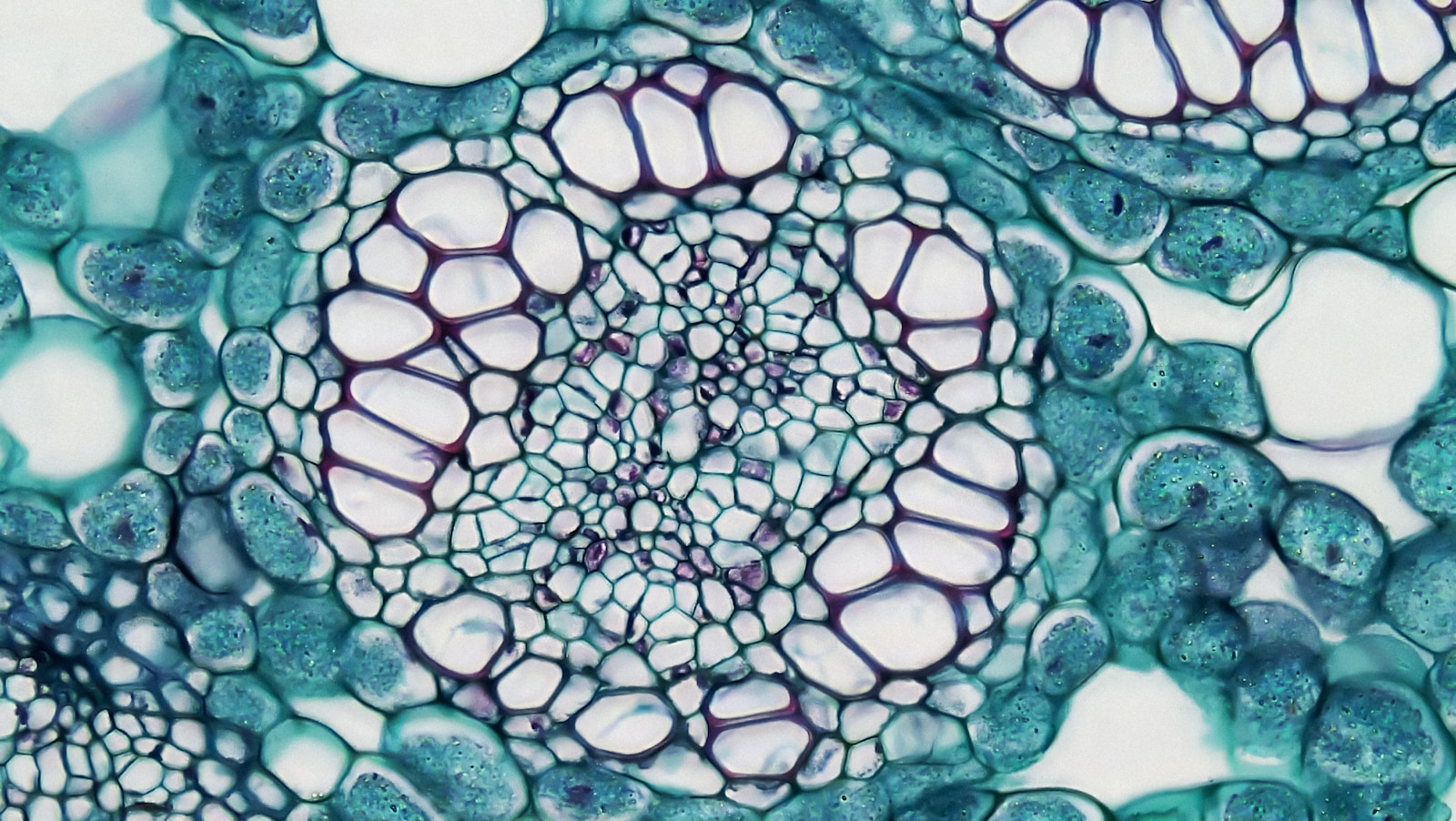N-Acetylcysteine (NAC) is a precursor to glutathione, the body’s master antioxidant. It’s a modified form of the amino acid cysteine and has multiple health applications due to its antioxidant, mucolytic, and detoxifying properties. Here’s a concise overview:
Key Functions
- Glutathione Precursor: NAC provides cysteine, a critical building block for glutathione, boosting antioxidant defenses against oxidative stress and free radical damage.
- Mucolytic: Breaks down mucus, making it thinner and easier to clear, which is why it’s used in respiratory conditions.
- Detoxification: Supports liver function by aiding in the removal of toxins, including heavy metals and acetaminophen (paracetamol) overdose, where it’s a standard medical treatment.
- Neuroprotection: May reduce oxidative stress in the brain, potentially benefiting mental health and neurodegenerative conditions.
Health Benefits
- Respiratory Health: Used for chronic bronchitis, COPD, and cystic fibrosis to reduce mucus buildup and improve breathing.
- Liver Support: Protects against liver damage from toxins, alcohol, or drugs; critical in acetaminophen overdose treatment.
- Mental Health: Emerging evidence suggests benefits for depression, anxiety, OCD, and addiction by modulating glutamate levels and reducing oxidative stress.
- Fertility: May improve sperm quality and ovulation in conditions like PCOS.
- Immune Support: Enhances immune function indirectly through glutathione production.
Sources and Dosage
- Sources: Available as a dietary supplement (capsules, powder) or prescription medication (e.g., for acetaminophen overdose or respiratory conditions). Naturally, cysteine is found in foods like poultry, eggs, and yogurt, but NAC is only obtained via supplements or drugs.
- Typical Dosage: Varies by condition (e.g., 600–1,800 mg/day for general use, higher in medical settings). Always consult a healthcare provider for personalized dosing.
Safety and Considerations
- Side Effects: Generally well-tolerated; possible side effects include nausea, rash, or gastrointestinal discomfort. Rare allergic reactions may occur.
- Interactions: May interact with medications like nitroglycerin or activated charcoal. Consult a doctor if on other drugs.
- Regulation: NAC is sold as a supplement in many countries, but its availability has been debated (e.g., FDA scrutiny in the U.S. over its status as a drug vs. supplement).
Recent Context
- NAC gained attention during the COVID-19 pandemic for potential benefits in supporting respiratory health and reducing oxidative stress, though evidence is mixed and not conclusive.
- Some X posts highlight NAC’s role in detoxification and mental health, but anecdotal claims (e.g., “cures” for specific conditions) should be approached cautiously due to limited large-scale studies.
